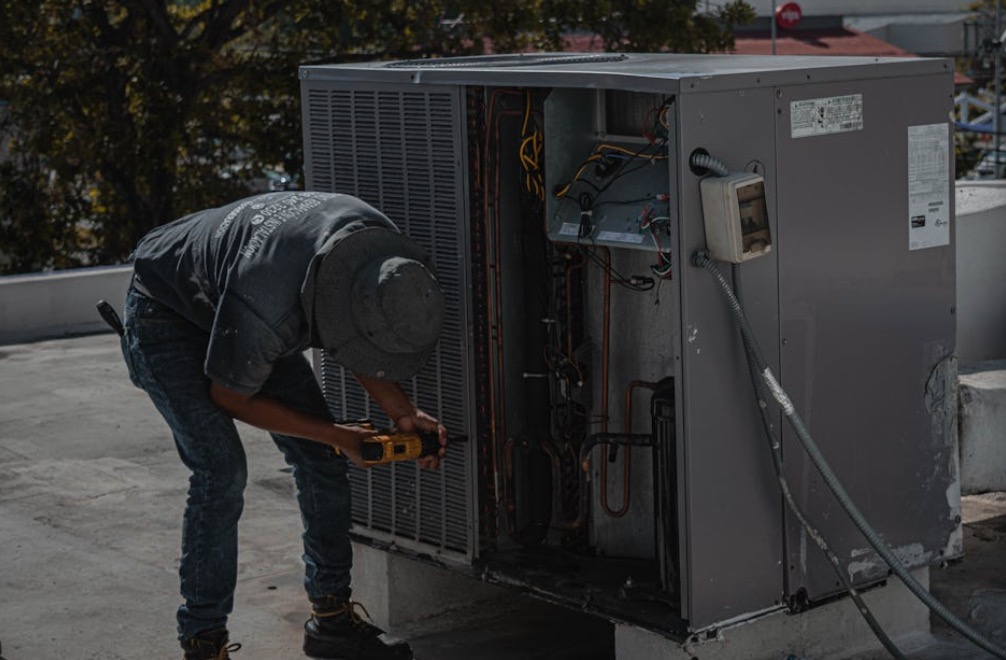DHT11 Voltage: How to Measure and Optimize for Accuracy
- Introduction
- What is DHT11 Voltage?
- How to Measure DHT11 Voltage
- Optimizing DHT11 Voltage for Accuracy
- Conclusion
Introduction
DHT11 voltage is an important factor in ensuring accurate temperature and humidity readings. In this article, we will explain what DHT11 voltage is, how to measure it, and how to optimize it for accuracy.
What is DHT11 Voltage?
The DHT11 is a digital temperature and humidity sensor that operates on 3.3V or 5V DC voltage. The voltage level determines the accuracy of the readings. If the voltage is too low, the readings may be inaccurate or completely incorrect. On the other hand, if the voltage is too high, the sensor may be damaged.
How to Measure DHT11 Voltage
Measuring DHT11 voltage is relatively easy. You will need a multimeter, which you can buy at any hardware store or online. Follow these steps:
- Turn off power to the circuit.
- Connect the multimeter probes to the DHT11 pins.
- Turn on power to the circuit.
- Read the voltage measurement on the multimeter display.
Optimizing DHT11 Voltage for Accuracy
To optimize DHT11 voltage for accuracy, you should follow these tips:
- Ensure that the voltage level is within the recommended range of 3.3V to 5V.
- Use a voltage regulator if necessary to ensure a stable voltage output.
- Place the sensor in a location with good air circulation and away from heat sources.
- Perform occasional calibration to ensure accurate readings.
Conclusion
DHT11 voltage is an important factor in ensuring accurate temperature and humidity readings. By measuring and optimizing for accuracy, you can ensure reliable and consistent results. We hope this article has helped you understand how to measure and optimize DHT11 voltage for your projects.





